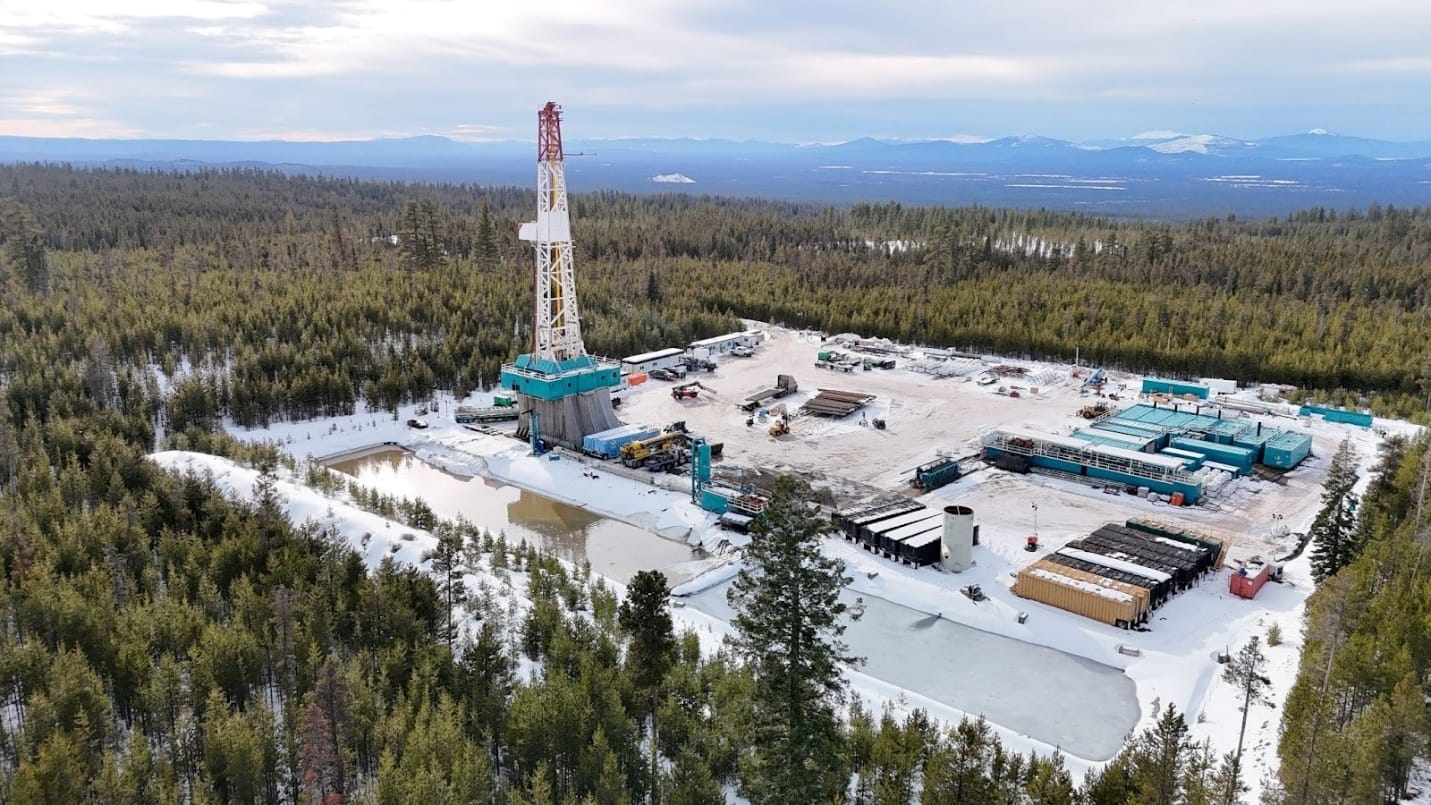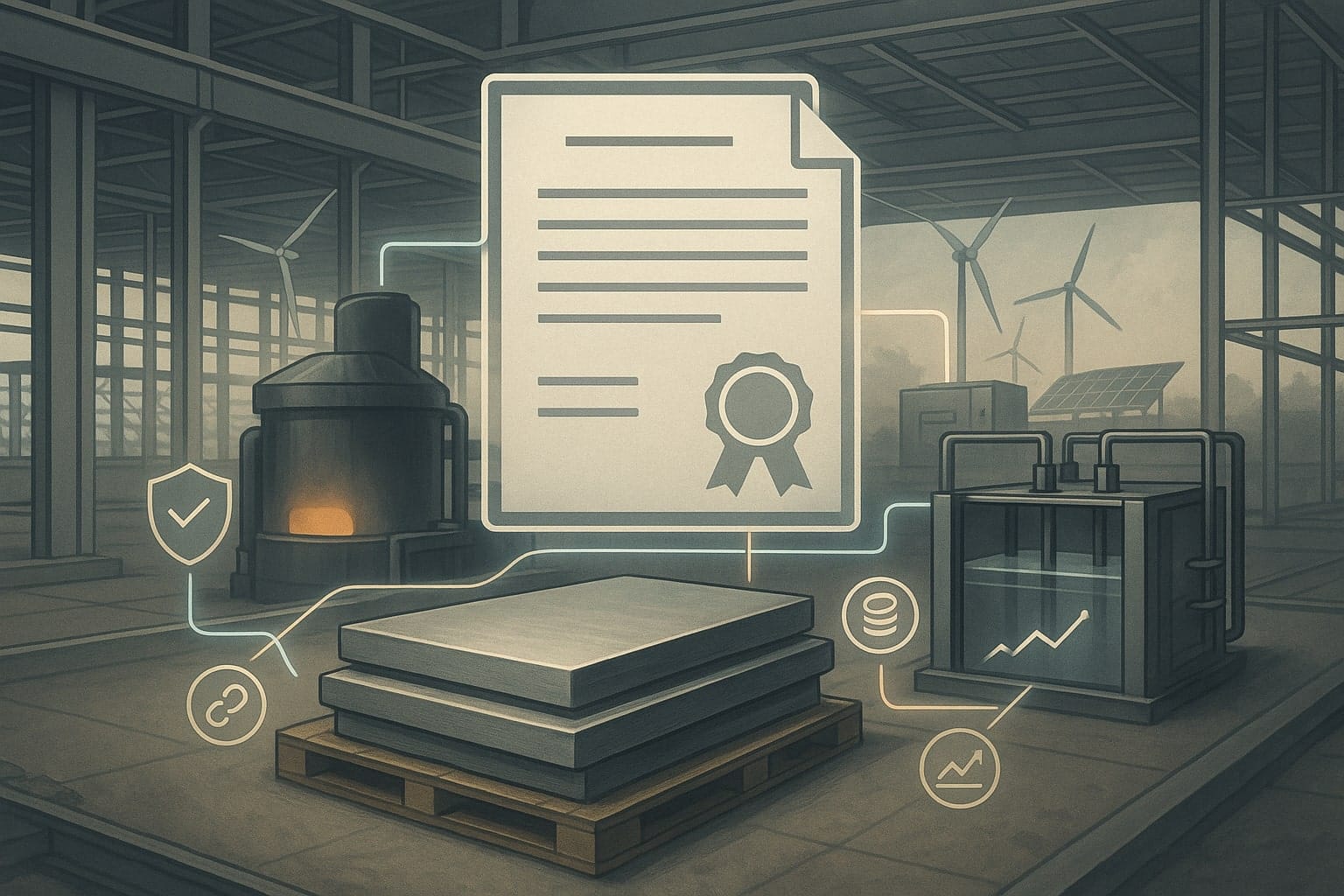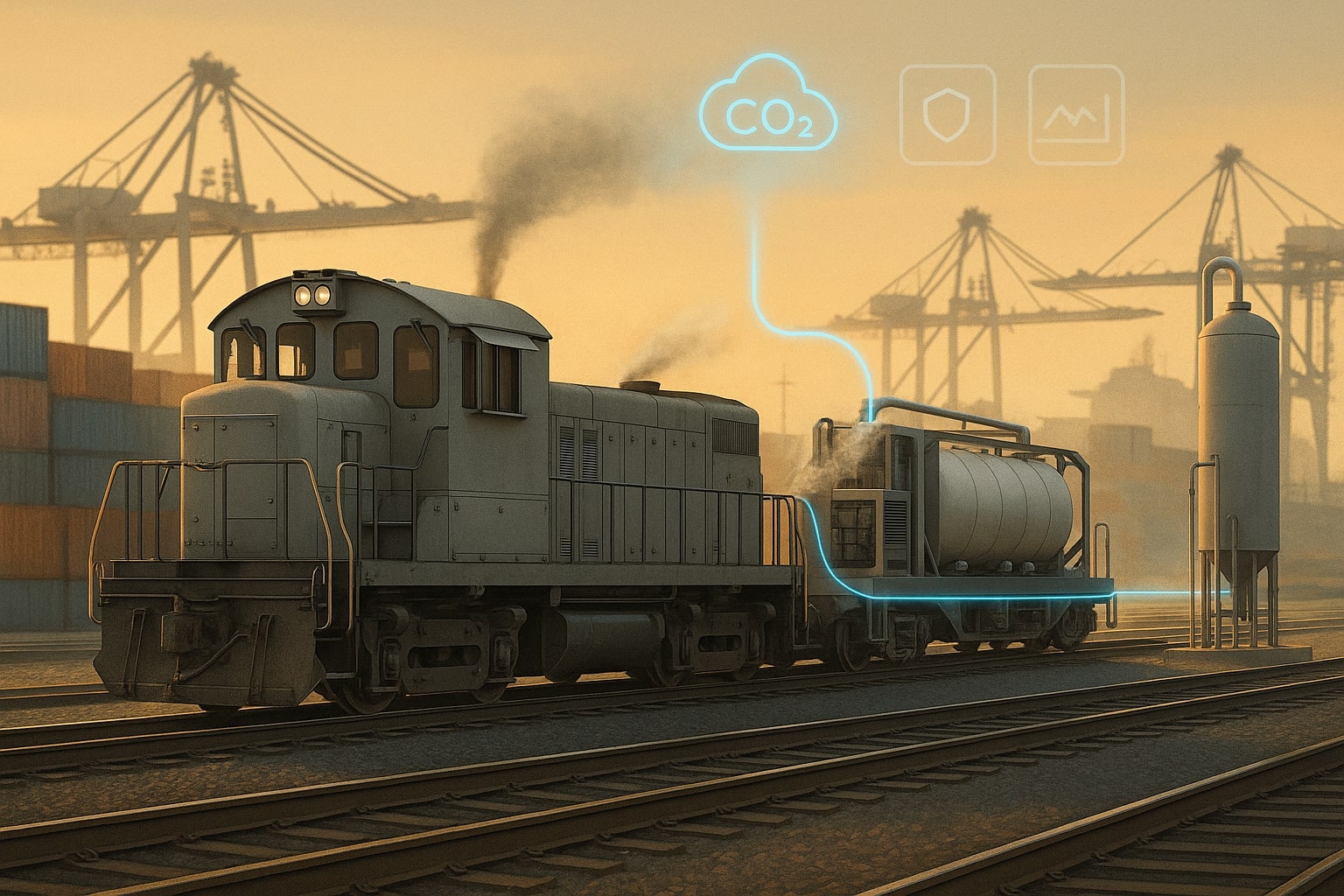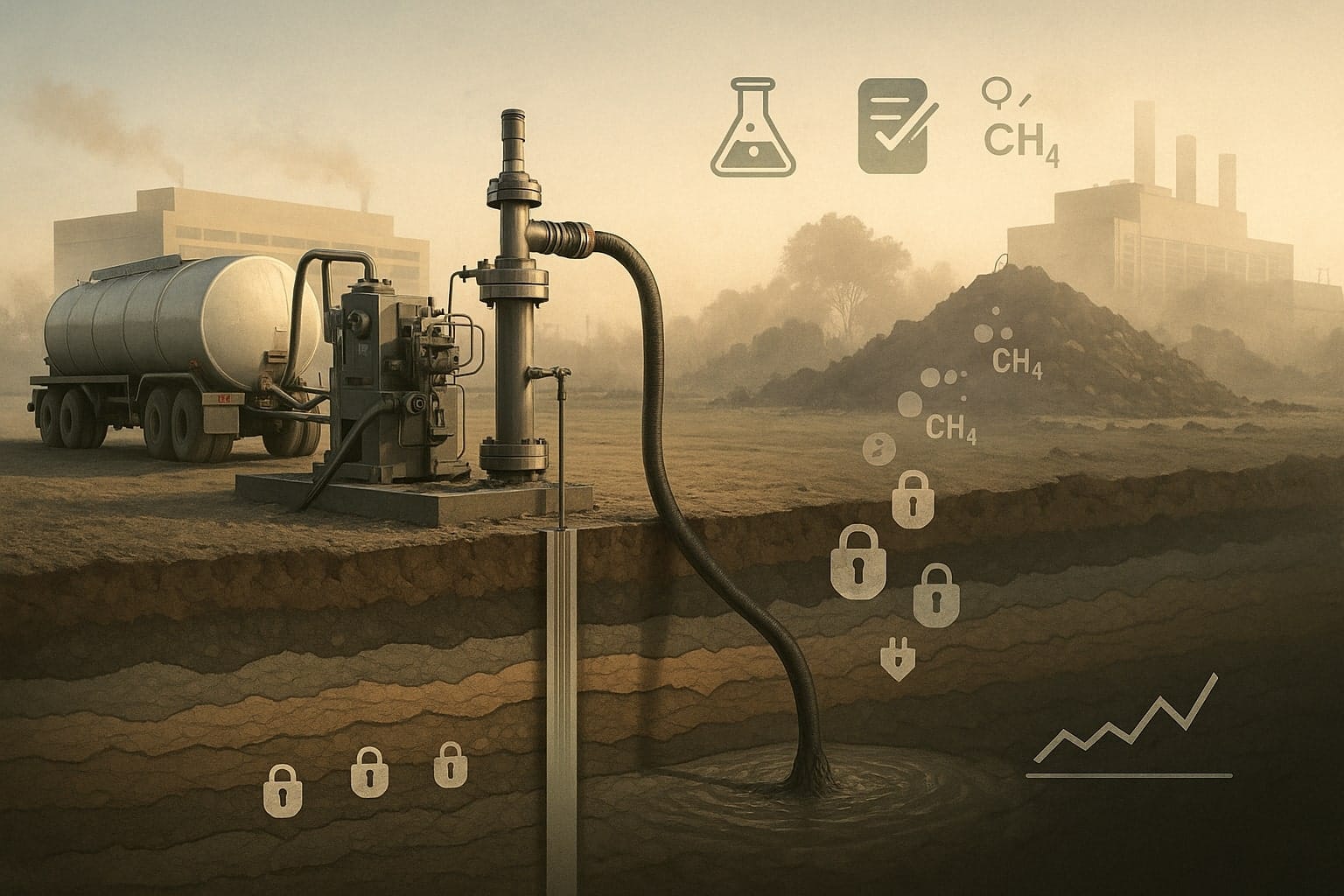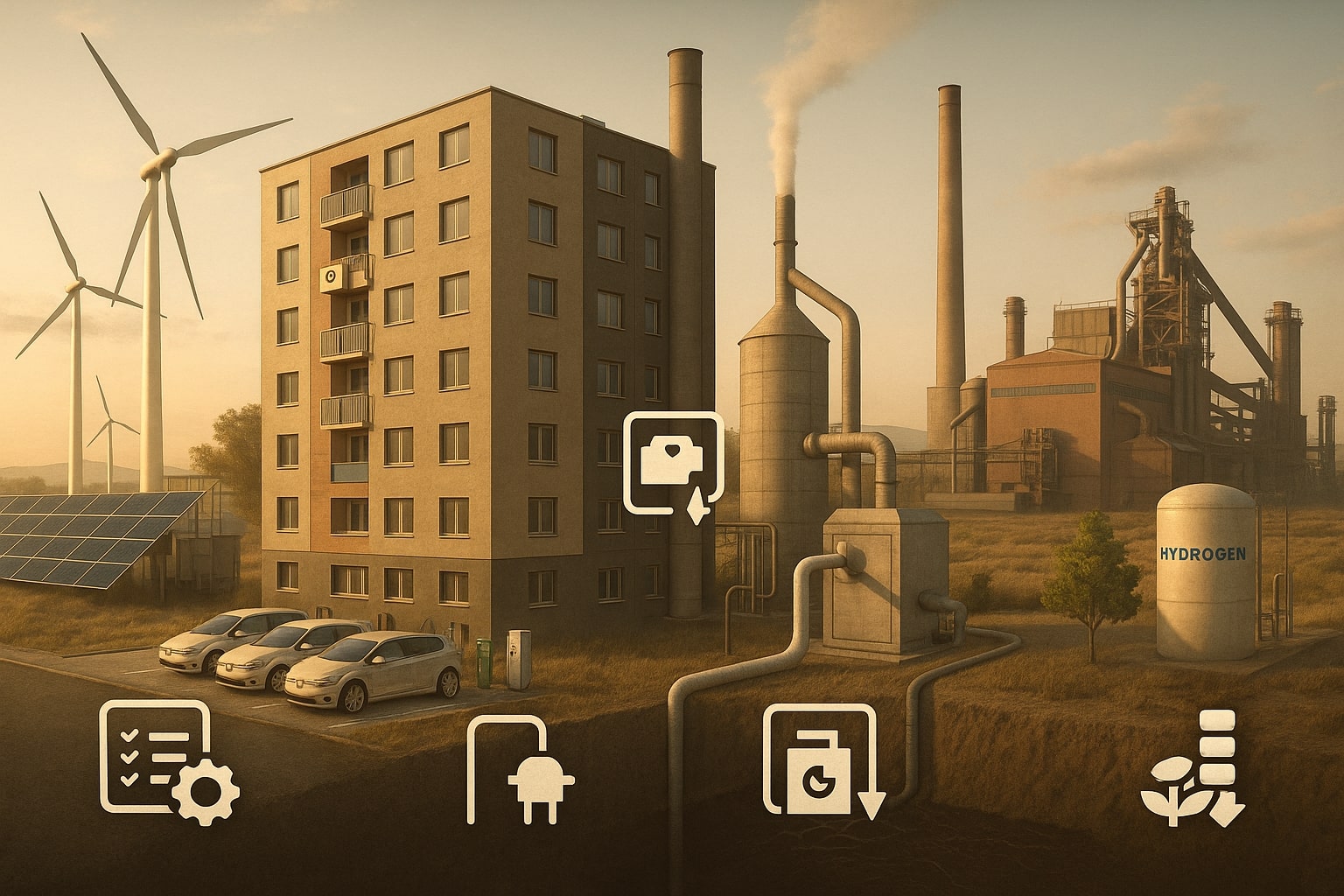Dutch climate tech company Skytree has announced a significant expansion into North America with the opening of its North American headquarters in Toronto, Canada, and a new office in Nashville, Tennessee. This move marks an important step in Skytree’s global strategy to enhance its direct air capture (DAC) technology offerings, which are crucial in the fight against climate change. The expansion is driven by attractive government incentives for carbon capture technologies, particularly in the U.S. and Canada, and aims to leverage North America’s growing demand for climate tech solutions.
Table of Contents
ToggleBackground on Skytree
Founded in 2014 by Max Beaumont, Skytree originated from carbon capture technology developed for the European Space Agency (ESA). Initially, Skytree’s technology was used aboard the International Space Station to scrub excess carbon dioxide from the air, a critical function for sustaining astronauts in space. Since then, the company has adapted this technology for terrestrial applications, specializing in capturing and either utilizing or storing atmospheric CO2 to reduce its impact on the environment. Today, Skytree is one of the few companies with fully operational DAC units in the field.
Skytree’s expansion follows its success in Europe, where it has grown from a small team of 20 employees to 90, perfecting its onsite carbon dioxide generation technology over the last decade.
Skytree’s North American Expansion
The decision to open the North American headquarters in Toronto reflects the city’s vibrant climate tech ecosystem and access to a pool of talent in the sector. Toronto has become a hub for innovative green technologies, making it an ideal location for Skytree’s new headquarters. The company plans to employ around 80 people over the next three years, expanding its team in areas such as research and development, services, and business operations.
Similarly, the Nashville office has been strategically chosen for its proximity to key manufacturing partners, including Scanfil, which will produce Skytree’s DAC units. This location will serve as the company’s base for U.S. operations, allowing it to meet the increasing demand for CO2 capture technologies in industries such as agriculture, construction, and sustainable fuel production. These strategic locations will help Skytree scale its business, and the company’s growing presence in North America will enable it to partner with more climate-focused businesses and governments.
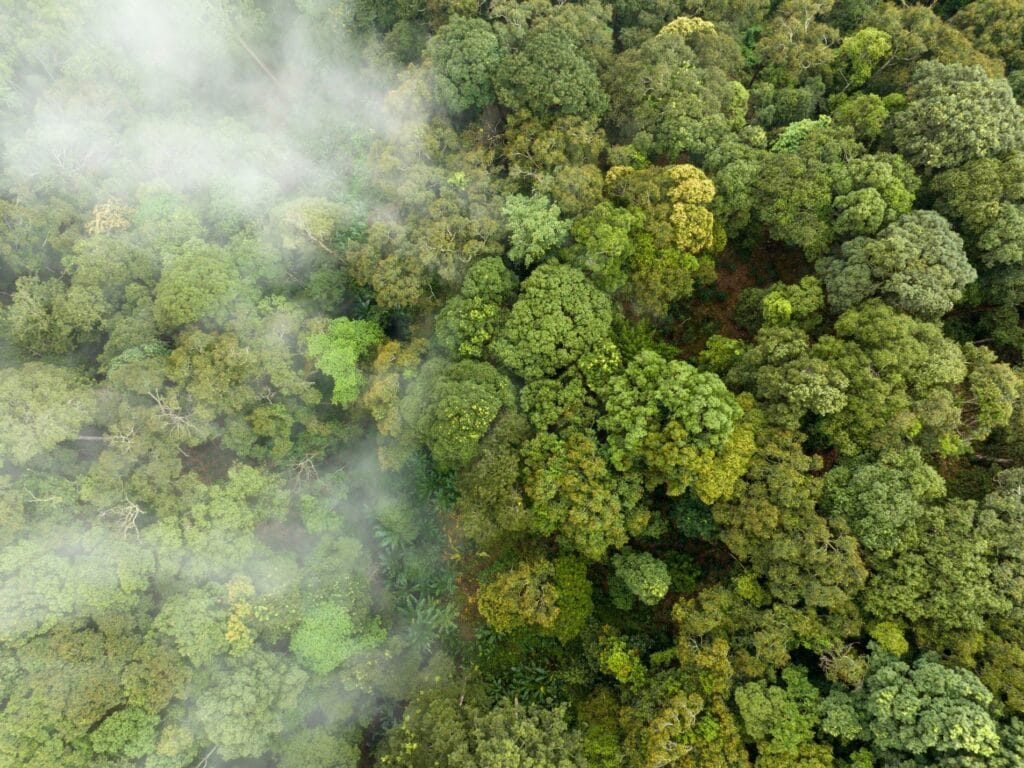
Technology and Applications
Skytree’s carbon capture technology focuses on Direct Air Capture (DAC), designed to remove carbon dioxide (CO2) directly from the atmosphere. The company has developed two key products to serve different scales and industries: Cumulus and Stratus.
- Cumulus is a small-scale device capable of capturing up to 30 kg of CO2 per day. It is primarily aimed at applications such as indoor farming and greenhouses, where the captured CO2 can enhance plant growth, leading to higher yields. This device is well-suited for smaller operations like vertical farming or cannabis cultivation.
- Stratus, on the other hand, is a larger, modular DAC system that can capture up to 1,000 kg of CO2 per day. It is designed for industrial-scale use, making it ideal for operations like large greenhouses or carbon storage projects. These units are modular, meaning they can be combined to create a Stratus Hub, a more extensive installation capable of removing tens of thousands of tons of CO2 annually.
These technologies provide scalable solutions for CO2 removal, aligning with Skytree’s mission to capture 10 million tonnes of CO2 by 2030. The company is also working to deploy its DAC units in industries beyond agriculture, including sustainable building materials and clean fuel production.
The Future of Carbon Capture and Climate Impact
Skytree’s technological advancements place it at the forefront of the carbon capture industry, which is increasingly seen as essential to combating climate change. Governments, especially in the U.S. and Canada, have provided incentives for carbon capture technologies, such as the 45Q tax credit in the U.S., offering financial rewards for companies that successfully remove CO2 from the atmosphere.
As the world grapples with rising CO2 levels, technologies like Skytree’s DAC could play a pivotal role in achieving net-zero emissions. The company plans to expand its applications beyond agriculture into industries such as green cement and sustainable aviation fuels, which could revolutionize the use of captured carbon. Skytree’s Stratus Hub projects in places like Amsterdam are projected to capture up to 50,000 tonnes of CO2 annually, providing a glimpse into the future of large-scale carbon sequestration.
Conclusion
Skytree’s expansion into North America is well-timed, as both the U.S. and Canada are ramping up efforts to support climate technology innovation. By establishing its North American HQ in Toronto and a new office in Nashville, the company is positioning itself to meet the growing demand for carbon capture solutions across the continent. Skytree’s scalable DAC technologies, coupled with government incentives, have the potential to drive significant progress toward global decarbonization goals.

